Remember COVID-19? The world stood still, and it disrupted lives for everyone. As lockdowns took hold, everyday activities, including grocery shopping, became challenging. Empty shelves and supply chain disruptions highlighted a pressing need for a faster, more convenient solution.
Little did we know, this crisis was about to inspire a phenomenon that would redefine convenience and speed. A venture that would rise from the ashes of uncertainty to become India’s youngest unicorn startup with a valuation of $5 billion in just three years.
Want to know how? Read on…

Lockdown to Launchpad
In the heart of Mumbai during the pandemic’s peak, two childhood friends, Aadit Palicha and Kaivalya Vohra, faced a familiar foe—empty grocery shelves. Confined to their homes, the duo witnessed firsthand the difficulties their elderly neighbors faced in procuring essential supplies, which inspired them to explore a potential solution.
Aadit, no stranger to the startup world, had previously launched GoPool, a carpooling app that succeeded in Dubai. With a thousand registered users, GoPool showed promise, but academic pursuits forced it to take a backseat.
Both friends had secured admission to Stanford University for computer science. But the onset of the pandemic disrupted their plans, forcing them to reconsider their immediate future.
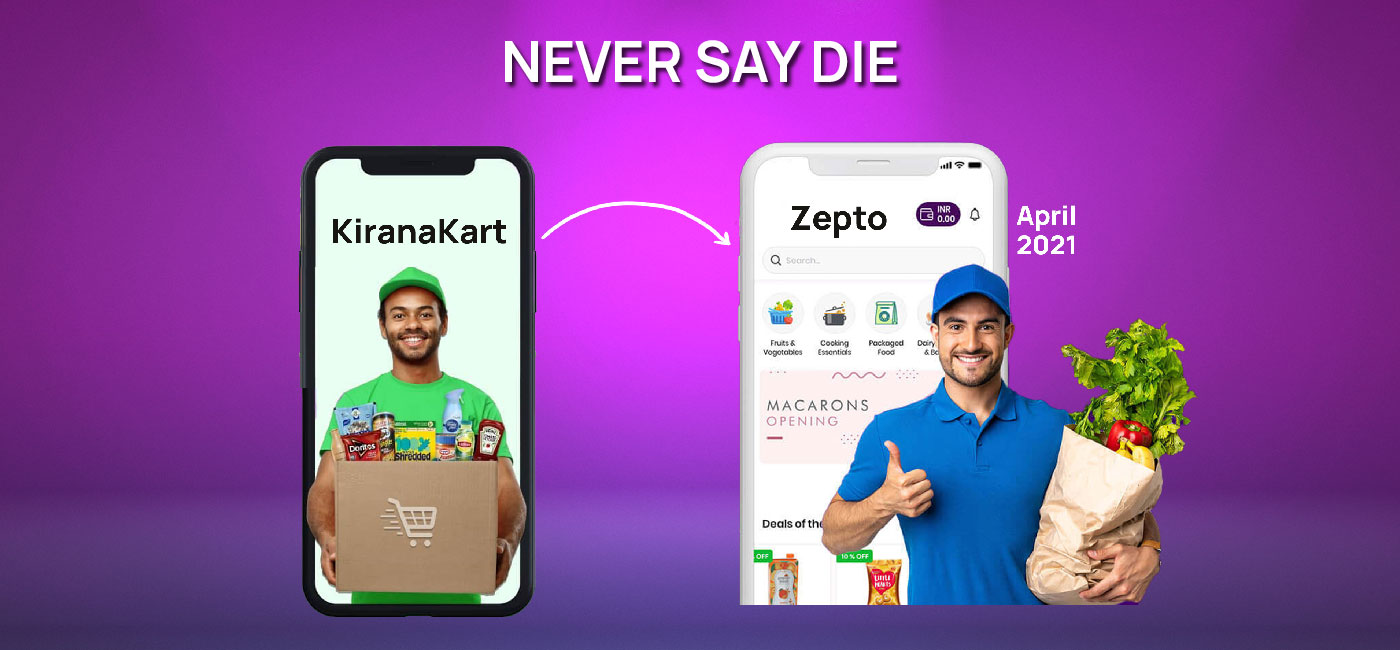
A Gap Year, a Problem, and a Plan
Instead of attending Stanford, they opted for a gap year, utilizing the time to address the immediate need they saw in their community. Their first attempt, KiranaKart, aimed to deliver groceries from local stores (“kiranas”) within 45 minutes.
After three months of intense groundwork, they taught them the ins and outs of managing stock, predicting customer needs, and overcoming delivery hurdles. After ten months, they had to call it quits. The product-market fit wasn’t there, and their parents, worried about their academic future, encouraged them to return to Stanford.
But the entrepreneurial bug wouldn’t die. Aadit and Kaivalya enrolled in Y Combinator’s online program and emerged in April 2021 with a new venture – Zepto.

How The Name Was Thought Of
The name “Zepto” is a clever choice. In physics, a zeptosecond is the shortest measurable unit of time, a mere 10 to the power of -21 seconds.
It perfectly embodies their core value proposition—speed. The bold promise was to deliver groceries in under 10 minutes, which was practically unheard of.
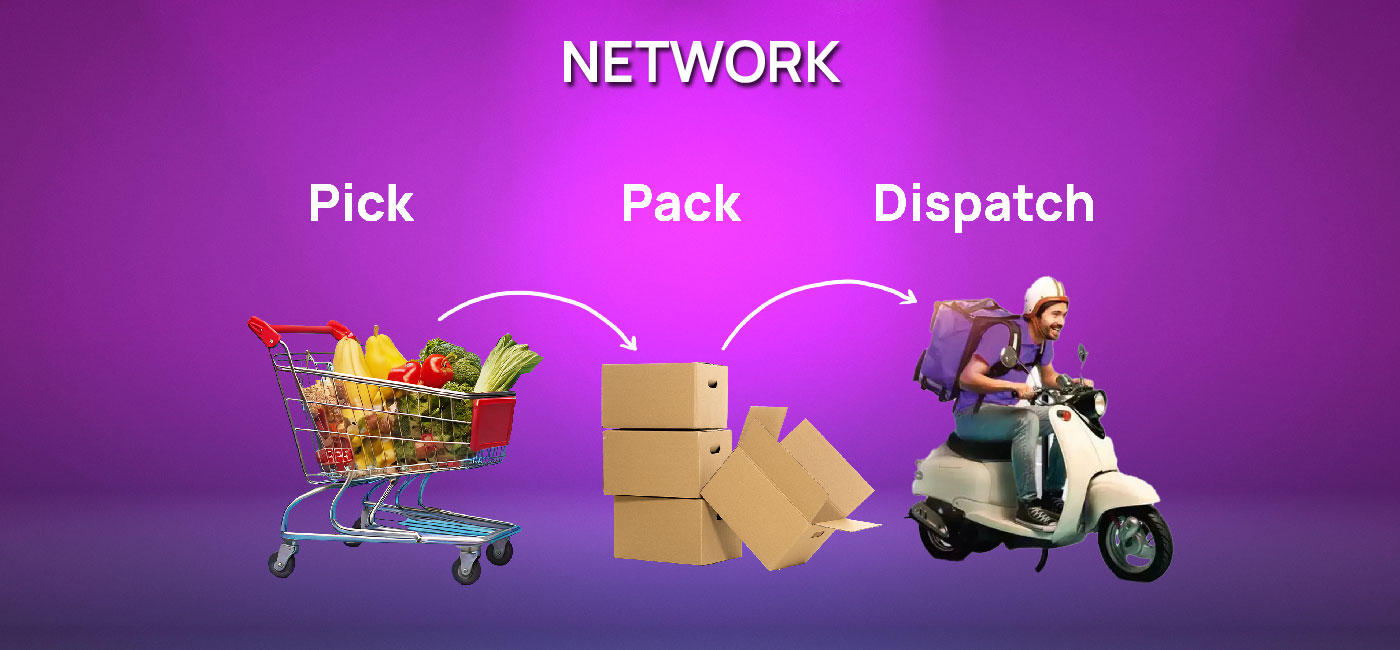
The Dark Stores Network
Zepto’s magic lies in its strategically located “dark stores” network. Unlike traditional supermarkets, these are essentially mini-warehouses stocked with 6,000 in-demand products within a 1.5-kilometer radius of residential areas.
This allows for rapid order fulfillment—picking, packing, and dispatching within a minute. Finding cheap locations off the beaten path helps them keep costs low.
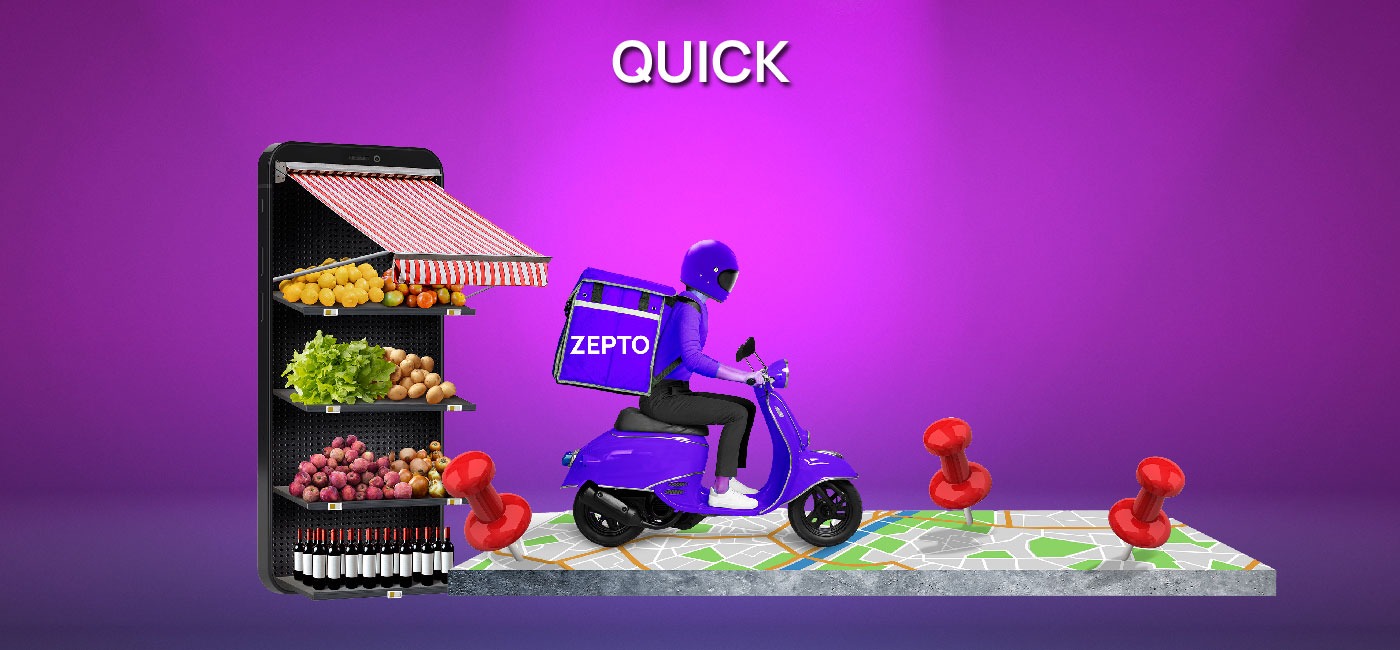
Delivery Ninjas
The real heroes behind Zepto’s speedy deliveries are the delivery partners navigating city streets on bikes and scooters. Equipped with real-time traffic data and optimized routes, they ensure groceries reach customers in an average of 11 minutes.
Customers can track their orders from the moment they’re placed, adding a layer of transparency and convenience to the entire process.

From Seed Round to Unicorn Status
Starting with a modest $730,000 seed round, they quickly gained traction. Investors like Glade Brook Capital, Nexus, and Y Combinator recognized their potential and poured in millions.
By May 2022, Zepto had reached a phenomenal valuation of $900 million and raised a whopping $200 million.
In August 2024, they secured another $340 million, pushing their valuation to a jaw-dropping $5 billion – unicorn status in under three years!
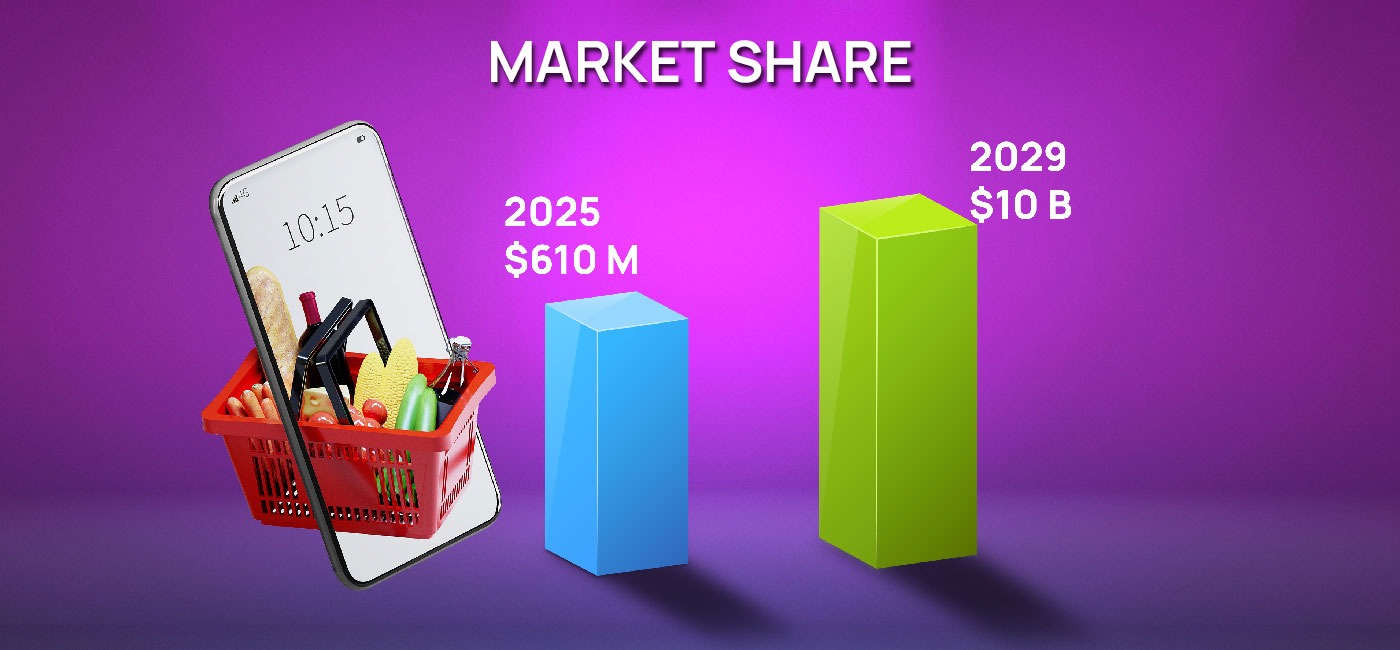
A $10 Billion Market on the Rise
The pandemic accelerated the online grocery market in India. Zepto and other players carved out a new segment – quick commerce. This blossoming market is expected to reach a staggering $10 billion by 2029 from its current size of $3.3 billion.
Zepto’s annual revenue is projected to reach $610 million by March 2025, a 150% increase from the previous year. The company is even eyeing profitability within the next few months.
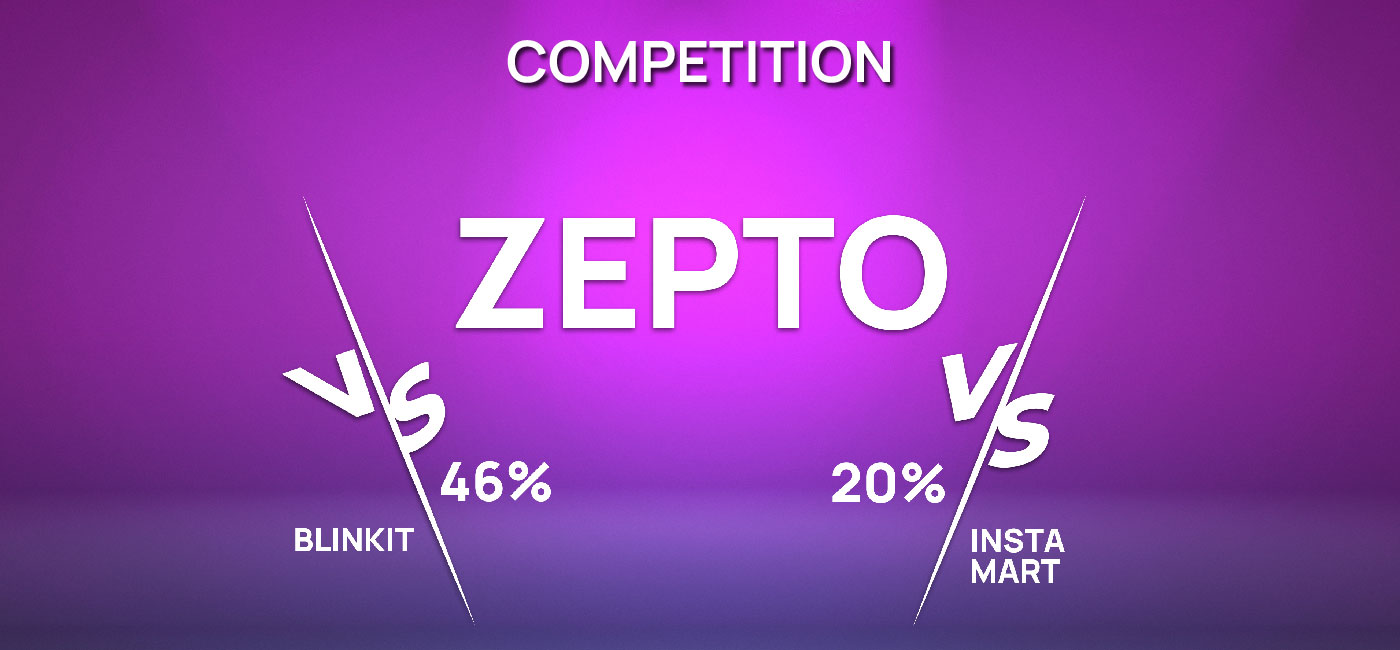
The Competition Heats Up
Quick commerce in India is a fierce battleground dominated by four major players. Zomato’s Blinkit reigns supreme with 46% market share, followed by Swiggy’s Instamart.
Zepto, with its 20% share, is making aggressive moves, capturing market share from Swiggy.
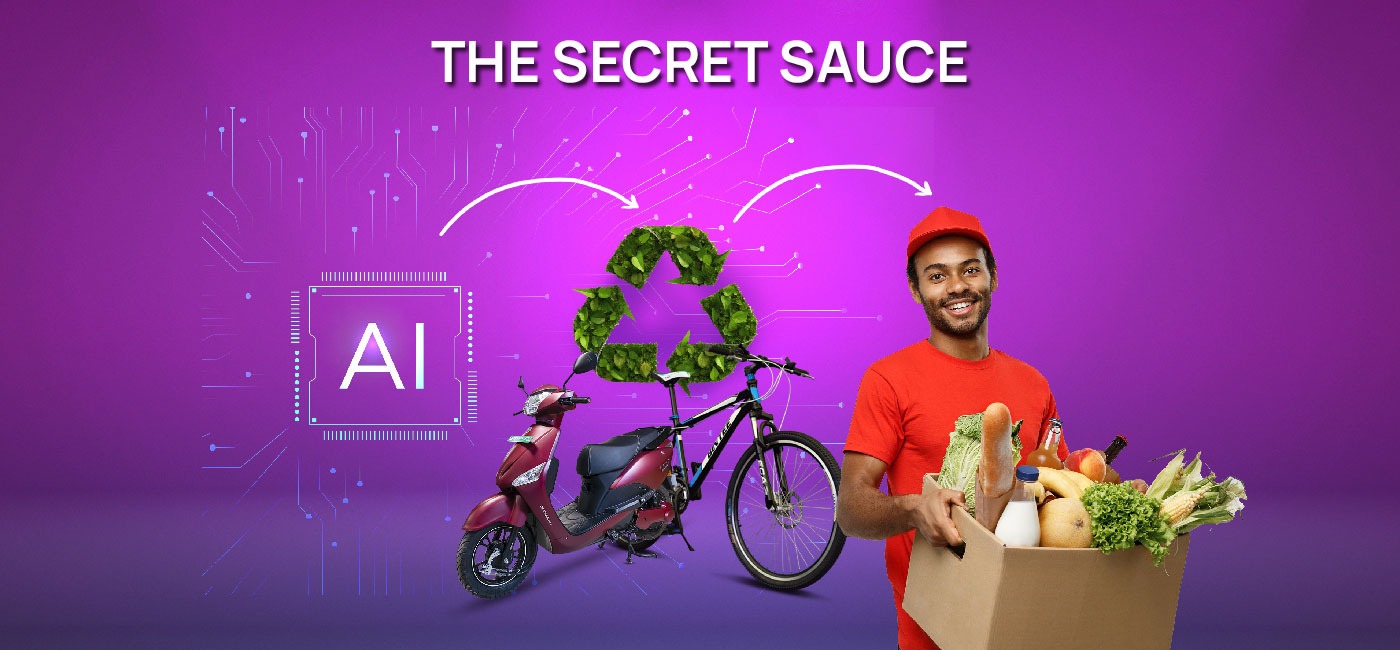
Technology & Efficiency
Staying ahead in this fast-paced environment requires constant optimization. Zepto’s tech platform played a pivotal role. Sophisticated forecasting algorithms ensured they stocked the right products at the right time, minimizing wastage.
Additionally, automation ensured swift replenishment of supplies. Lowering delivery costs was another key concern. Zepto embraced environmentally friendly electric bikes and bicycles for its delivery partners. This not only reduced their carbon footprint but also contributed to profitability.
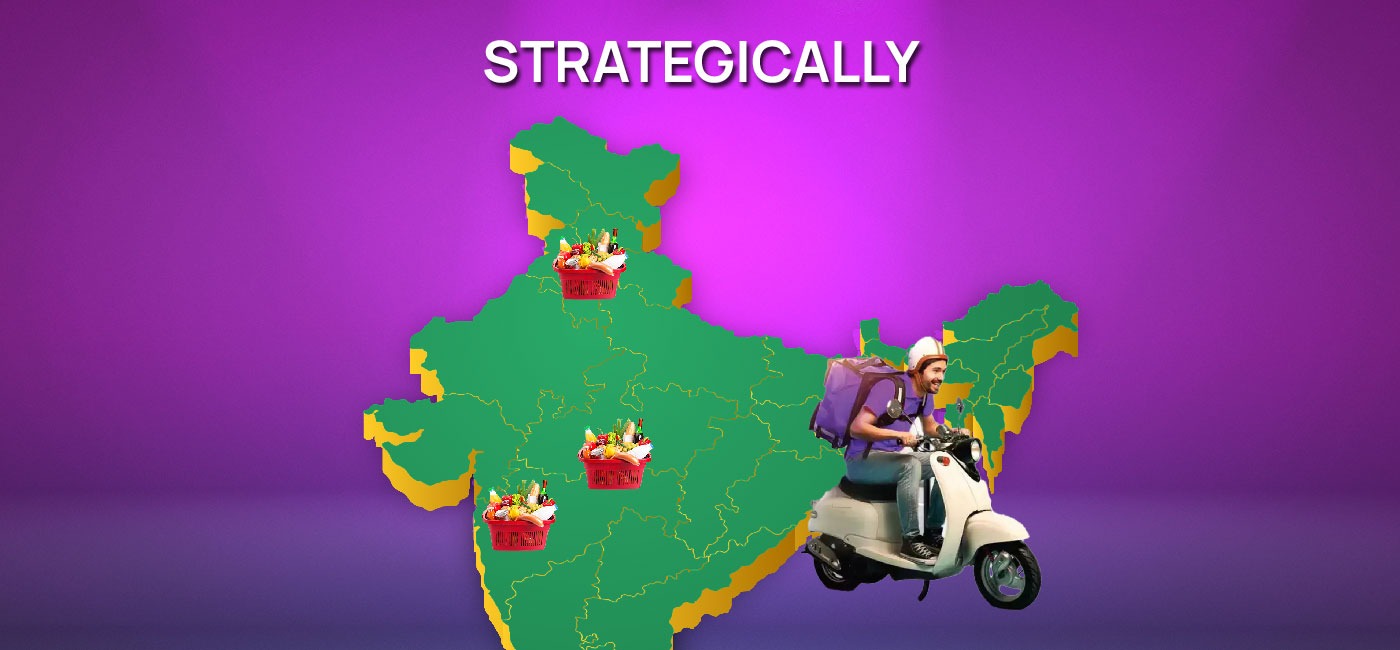
Outsmarting The Competition
Unlike many quick commerce startups that succumbed to the funding winter, Zepto thrived. Their secret? Strategic expansion and a cautious approach to cash burn. While some competitors splurged on rapid growth, Zepto prioritized sustainability.
They strategically focused on strengthening their presence in existing major cities like Mumbai, Delhi, and Bengaluru. This disciplined approach has positioned them well for future growth.
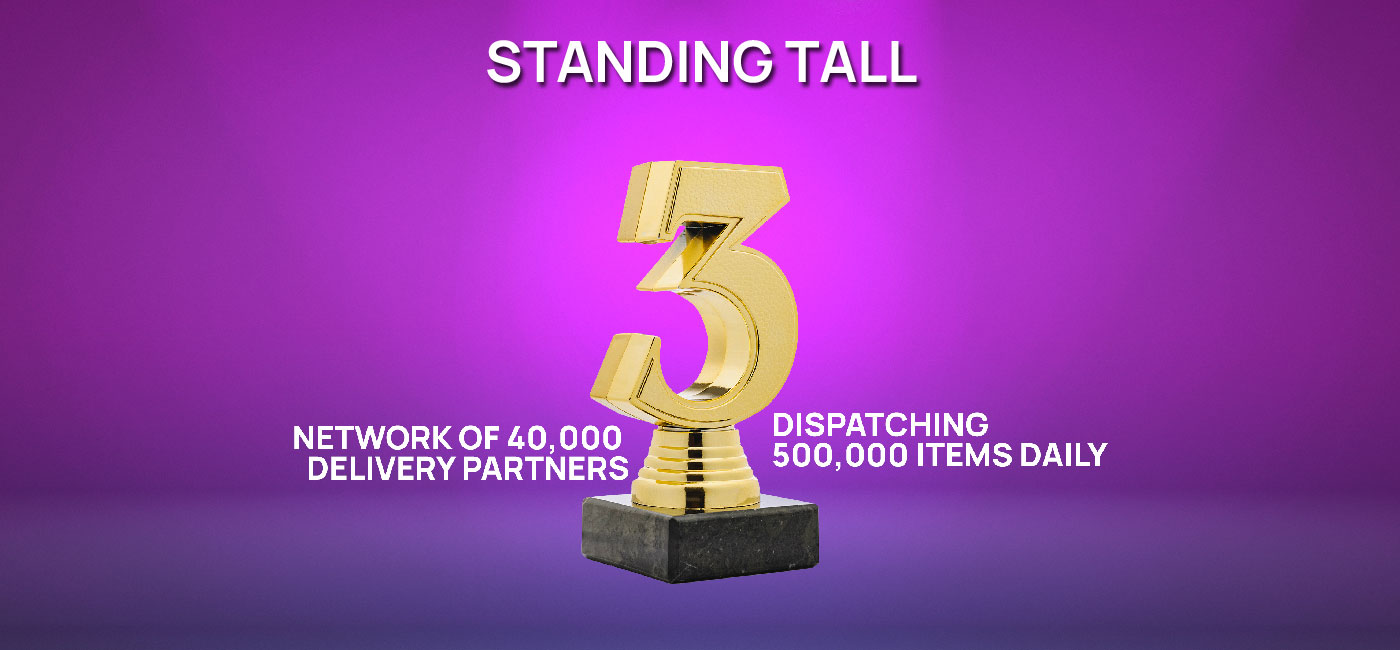
Present Day: A Flourishing Enterprise
Today, Zepto stands tall as the third-largest quick commerce player in India.
Dispatching approximately 500,000 items daily across ten cities and employing a network of 40,000 delivery partners, they’ve transcended the realm of groceries.
Their offerings now extend to toys, apparel, and more.
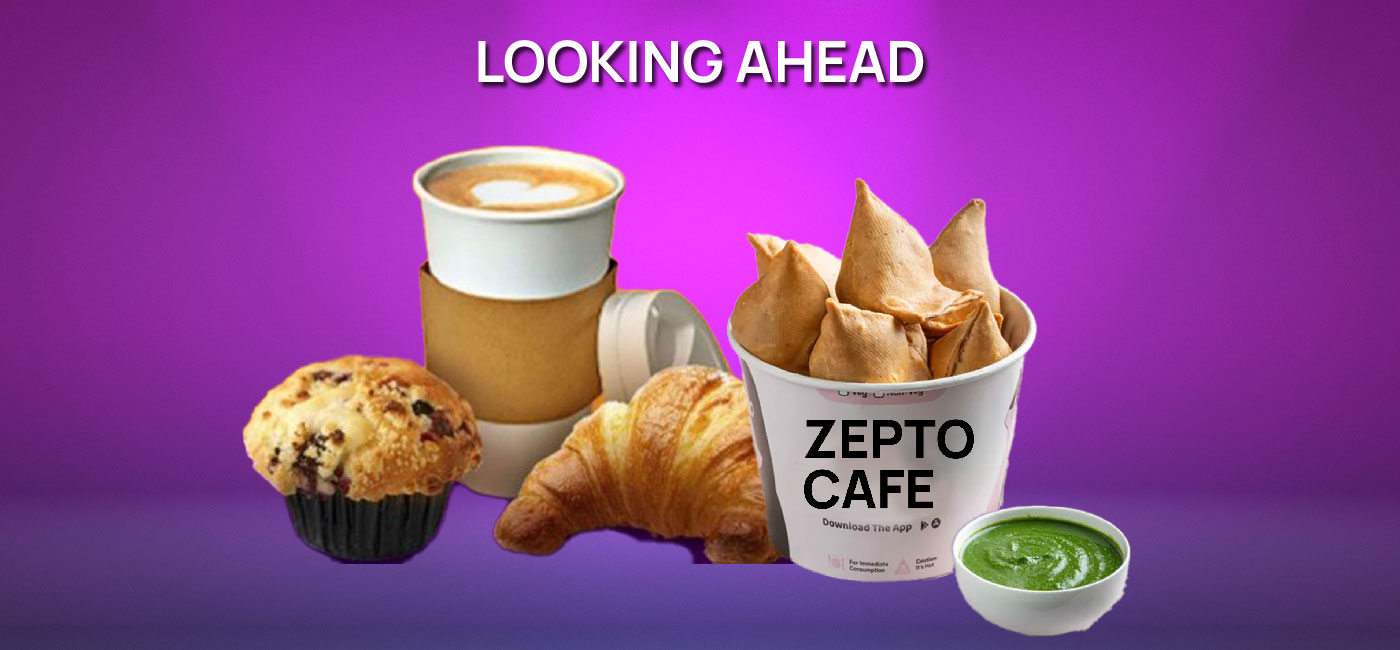
Public Debut & More
With its sights set on an Initial Public Offering (IPO) in the next 18-24 months, Zepto aims for an annualized revenue of $1 billion in the near future.
Their expansion plans include increasing the number of dark stores and further strengthening their delivery network. Additionally,
Zepto Cafe, their new venture offering hot beverages and snacks, has promising prospects. While exploring new avenues, their core focus remains the massive grocery sector, a market they believe dwarfs all others combined.
How useful was this post?
Click on a star to rate it!
Average rating 5 / 5. Vote count: 4
No votes so far! Be the first to rate this post.
I’m Archana R. Chettiar, an experienced content creator with
an affinity for writing on personal finance and other financial content. I
love to write on equity investing, retirement, managing money, and more.
























